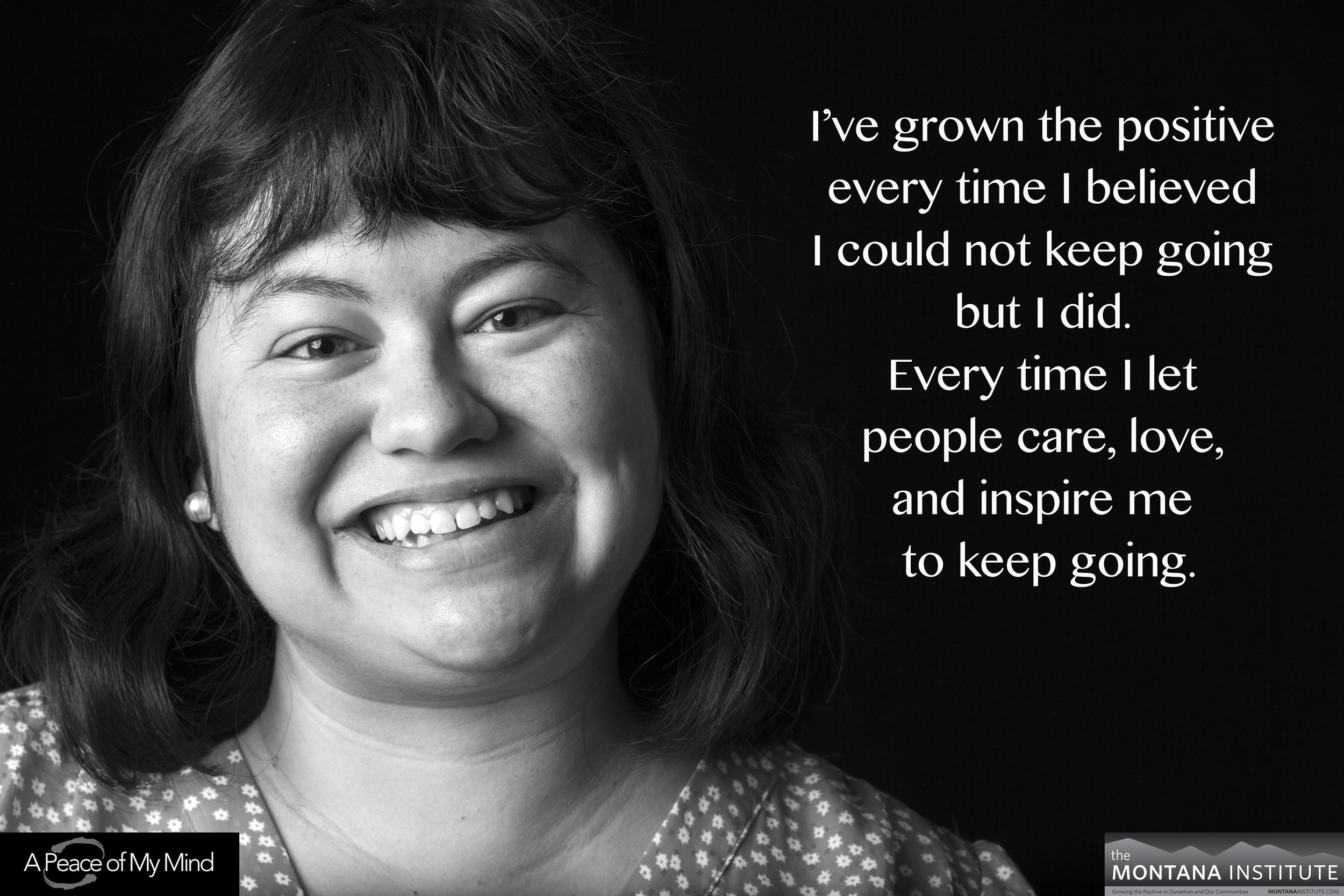When Youth See Themselves for Who They Are, Magic Happens
/Change people's perceptions and you will change their behaviors: that is the magic of Positive Community Norms. We've tried to capture some of that magic in this short video about the community of Deer River, Minnesota. It had its world premiere last week at our annual Summer Institute, and I'm proud to be able to share it with you all now.
I've written before about the incredible norms change work being done across Minnesota around the issue of youth alcohol consumption. Deer River was selected for the project because of its higher-than-average rates of youth drinking; the changes they achieved in just five short years are nothing short of astounding.
Led by a tireless and passionate community coalition, they changed the way parents, teachers and other adults perceived local youth. More importantly, they transformed the way that Deer River youth perceived themselves. The project allowed middle and high school students to reveal themselves for who they really are: young people who care about their school and their families. Kids who have multiple interests and goals that have nothing to do with drinking.
At the start of the project, most students thought their peers drank far more than they actually did. As the Deer River team closed this misperception gap, rates of youth drinking dropped. By the end of the five year project, they measured a 50% reduction in monthly youth alcohol consumption.
In this video, you get a chance to hear from the local changemakers who helped their youth see themselves -- and each other -- with clearer eyes. I hope you'll watch and share your comments below.
This project -- and this video -- was funded by the Minnesota Department of Human Services, Alcohol and Drug Abuse Division. Their vision and leadership has been crucial to the success of PCN in Deer River and beyond.

























